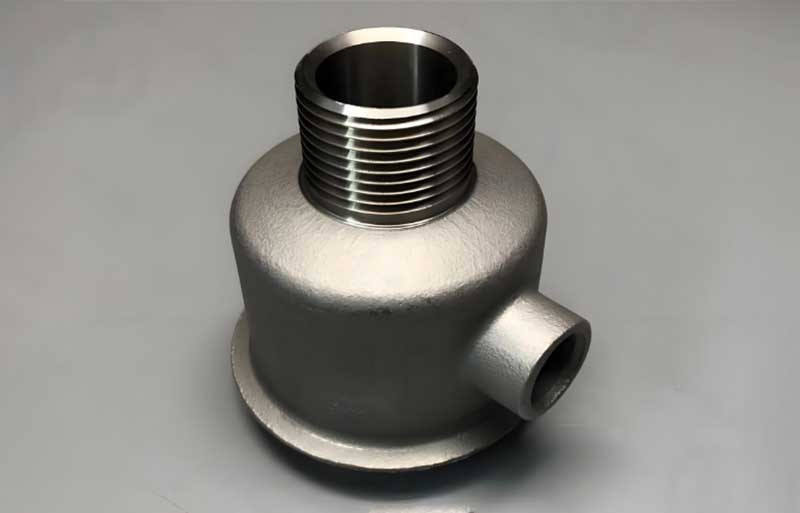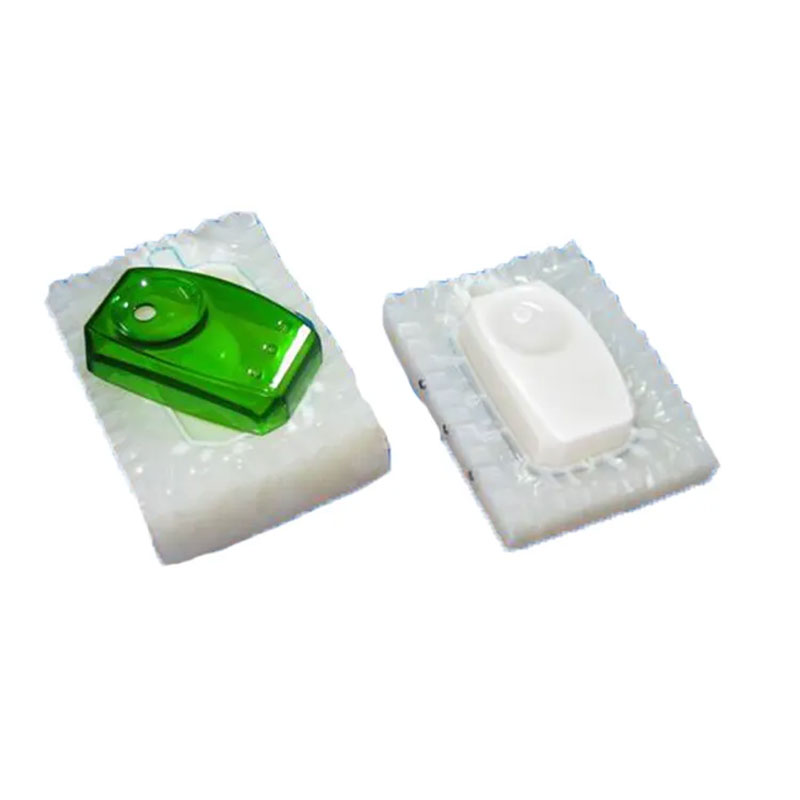Although CNC titanium is a great material for many uses, manufacturers often experience challenges when CNC machining it. These challenges include;

High Chemical Reactivity and Galling
When machining titanium alloys, some gasses can react with them, leading to issues like surface oxidation and embrittlement. It may weaken the components and reduce their corrosion resistance.
Besides, this metal has a low modulus of elasticity compared to its high strength, consequently making it a gummy material to machine. Being gummy, titanium may adhere to the CNC cutting tool, resulting in failure and damage. Aside from tool damage, galling often compromises the surface finish quality of titanium.
Heat Buildup and Cutting Forces
Maintaining a cool temperature while machining titanium is one of the hardest challenges. The reason is that titanium has a low thermal conductivity, which causes the metal workpiece to build up heat where the tooling is fast. This wears out faster and could negatively impact the quality of cut surfaces if it is not handled, especially when machining harder titanium alloys.
Using a bigger chip load and a lower RPM on the CNC machine is essential for these tougher titanium alloys. A high-pressure coolant can also help your cutting tools work more efficiently and create titanium pieces of higher quality.
Also, titanium alloys need high cutting forces, which makes them difficult to cut. These cutting forces often cause tool wear, faulty parts, and high vibration, consequently impacting product quality and surface finish.
Residual and Hardening Stresses
Due to their crystal structure, titanium alloys are not extremely flexible, which might lead to issues during machining. Their crystal structure might increase cutting force during machining, decreasing machining ease and increasing the chances of residual tensions. These tensions may cause the position to twist, crack, or last less time.


